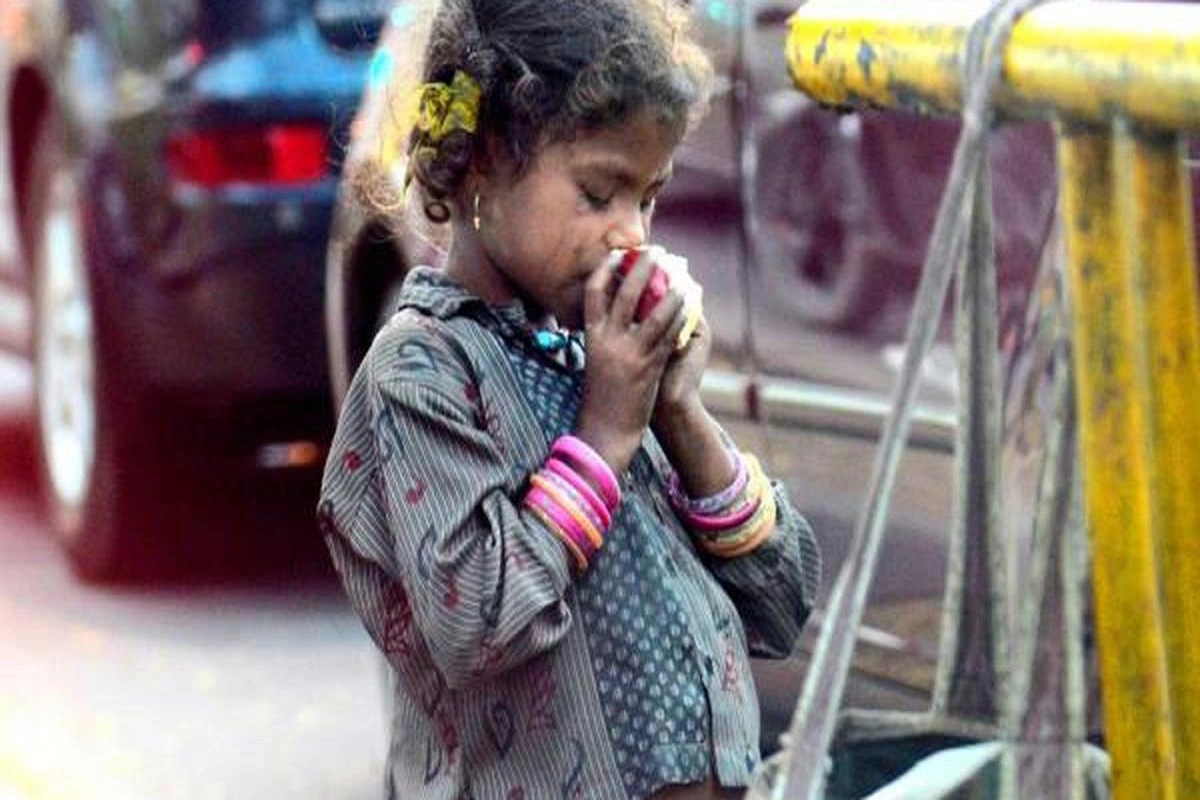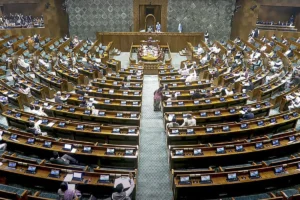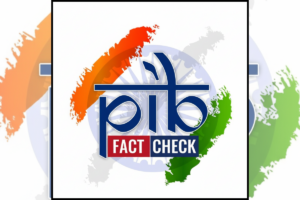
GHI
The Global Hunger Index (GHI) 2023 places India at position 111 out of a total of 125 nations, with its progress against hunger practically coming to an end since 2015. However, the Union government disputed India’s performance for the third consecutive year, claiming questionable methods.
On the GHI, Afghanistan, Haiti, and 12 sub-Saharan nations do worse than India.
India is ranked based on a score of 28.7 on the Global Hunger Index, with 0 representing the highest result (no hunger) and 100 representing the worst. India’s hunger is described as “serious” in this The GHI score is based on a model that integrates four variables, including undernourishment, child stunting, child wasting, and child mortality, that together depict the multidimensional nature of hunger.
India made considerable improvements between 2000 and 2015, boosting its score from 38.4 in 2000 to 35.5 in 2008 and 29.2 in 2015. However, over the last eight years, the nation has only made a 0.5-point advancement on the GHI. Only the GHI ratings from 2000, 2008, and 2015 can be used to make reliable comparisons across time.
The performance of India reflects a general trend. The global 2023 GHI score is 18.3, which is categorized as moderate. It is only one point behind the global GHI score of 19.1 for 2015, though.
One of the index’s variables, the percentage of undernourished people worldwide, actually increased from 7.5% in 2017 to 9.2% in 2022, reaching around 735.
The GHI has once again come under fire from the Ministry of Women and Child Development (MoWCD), which described it as a “flawed measure of hunger that doesn’t reflect India’s true position.” The GHI utilized a value of 18.7% for child wasting; it claimed that data recorded on its Poshan Tracker portal showed a prevalence of child wasting of 7.2% among a total of 7.24 crore under-five-year-olds whose data was captured.
The latter, however, is based on data from the National Family Health Survey 5 (NFHS) 2019–2021 and is published in the global repository, Joint Malnutrition Estimates Joint Data Set Including Survey Estimates, which was established to assure standardized child nutrition estimates.
The GHI calculates the corresponding country scores for each nation using the same data sources. This guarantees that all of the rates were generated using comparable methods. A senior policy advisor at the GHI, Miriam Wiemers, said via email, “Introducing exceptions to this methodology for any country or countries would jeopardize the comparability of the results and the ranking.
To read more such news, download Bharat Express news apps





















